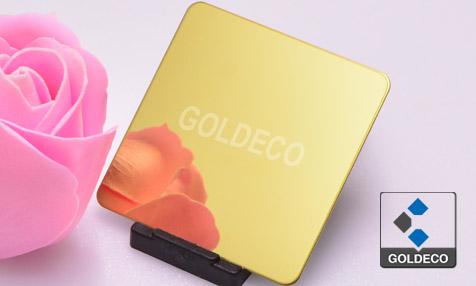Stainless steel is alloy steel that contains lots of chemical compositions, in theory, it doesn't rust. However, if you have ever owned or used a stainless steel product, it is likely that you have noticed rust (corrosion) and you may have even questioned if its name is a misnomer. Why does a material called “stainless” rust at last?
Most people are quite familiar with metals; like steel and stainless steel, which are used widely in our daily life, just like steel, stainless steel corrodes when it’s exposed to environments such as seawater, stronger chemicals detergents. Often, without understanding the exact science of what is occurring, people accept that exposing a metal product to seawater has a damaging effect. The science behind corrosion from seawater is that the water contains chlorine, which is corrosive to metals, including stainless steel. However, corrosion of stainless steel can also occur without producing any corrosion products to analyze (other than rust), and when an obvious corrosive environment is unable to be detected.
To understand what makes stainless steel rust it is first important to understand the science that typically prevents it from rusting. Steel is made of iron and carbon, and stainless steel contains iron, carbon, and anywhere chromium and nickel. Stainless steel can contain other elements such as nickel and manganese, but chromium is the key element which makes it rust resistant. When the surface of the normal steel is exposed to oxygen, it usually forms the ferric oxide (Fe2O3) which has the well-known red rust color. Ferric oxide doesn’t form a continuous layer on the steel because the oxide molecule has a larger volume than the underlying iron atoms, and eventually spalls off leaving fresh steel exposed which then starts a deleterious rusting cycle. When stainless steel is exposed to oxygen, chromium oxide is created on the surface of the steel because chromium has a very strong affinity for oxygen. The chromium oxide is a very thin layer which doesn’t spall off, and it prevents further oxidation of the stainless steel. Even if stainless steel is scratched and the chromium oxide layer is removed, a new chromium oxide layer will form and protect the rest of the stainless steel beneath it. As long as there is sufficient chromium present, the chromium oxide layer will continue to protect the stainless steel and prevent it from rusting.
Although rust is something most of us see on an everyday basis and appears to be a simple occurrence it can result from a number of complex processes but don't worry; it can be solved easily, just by contacting us online.



















